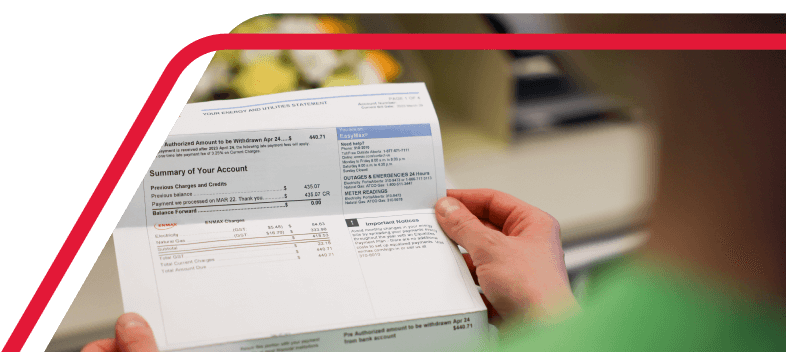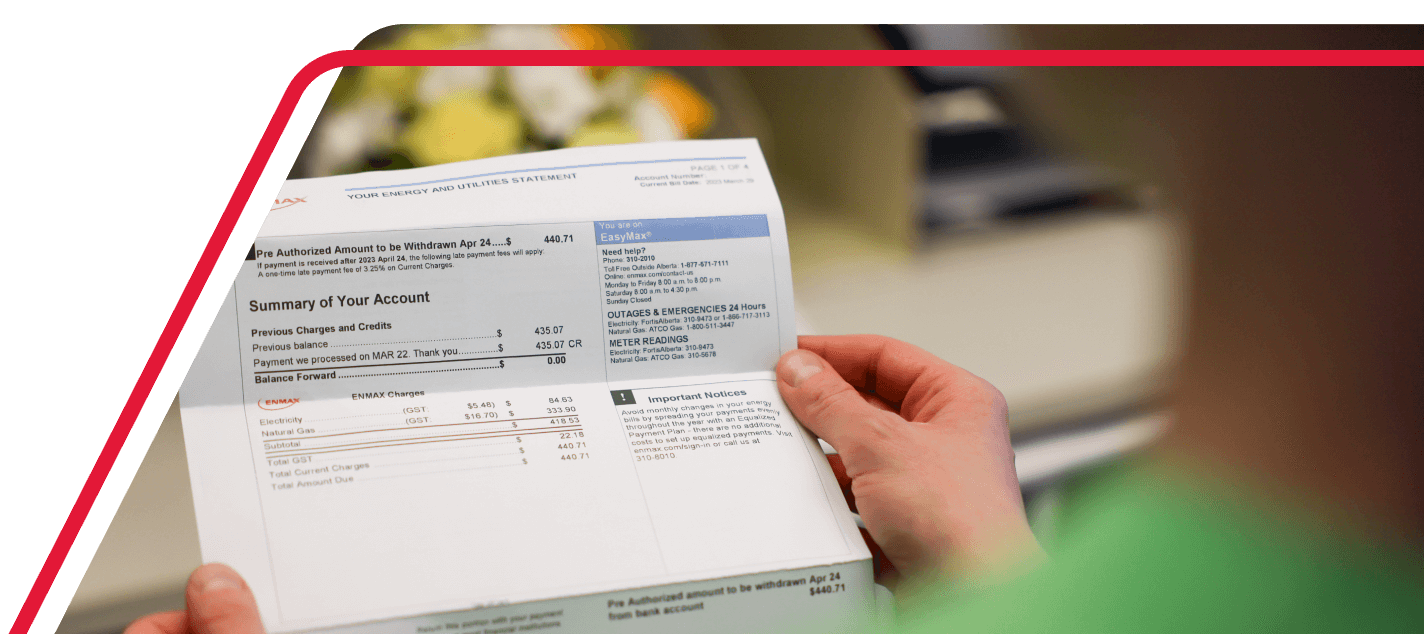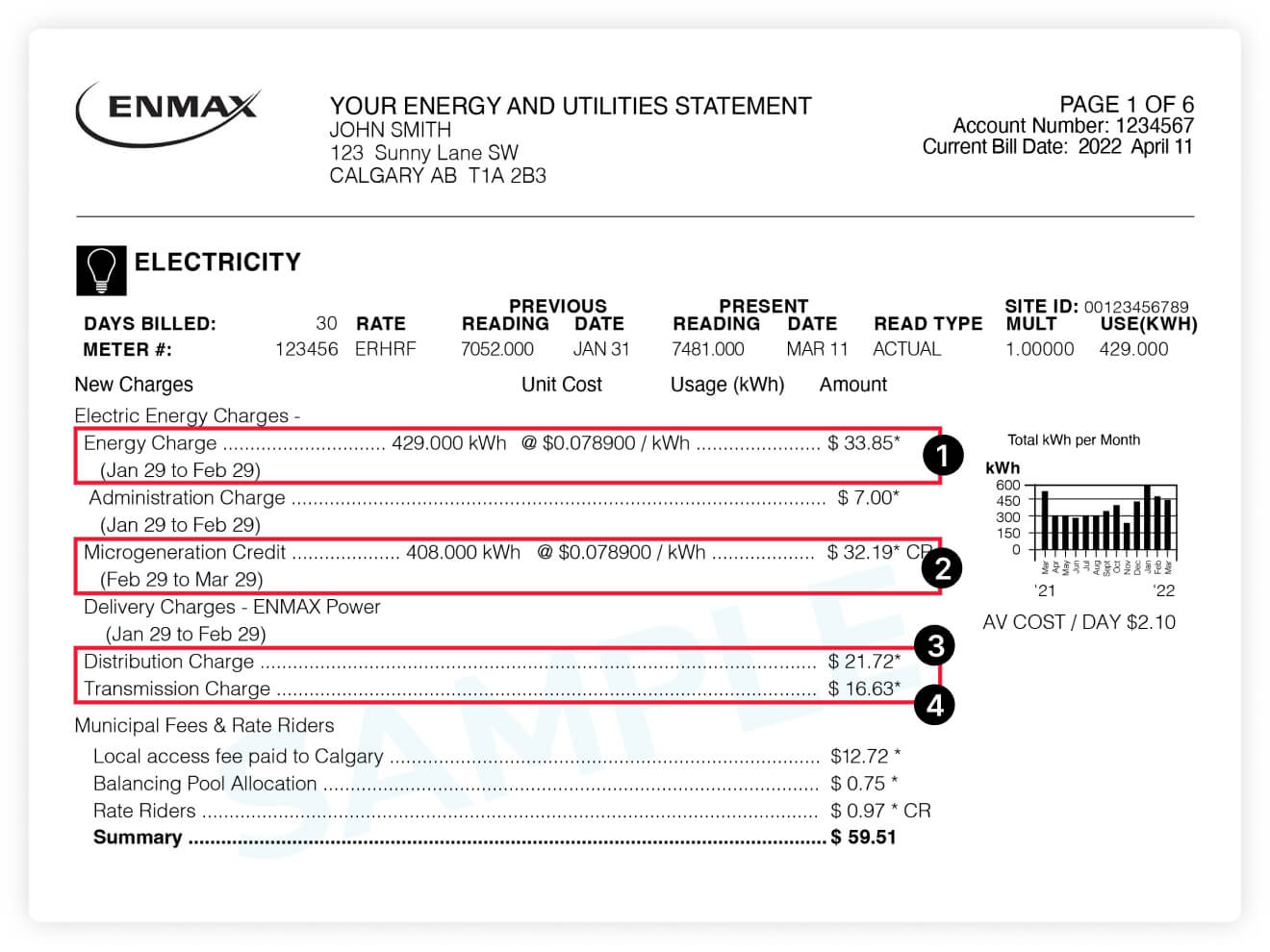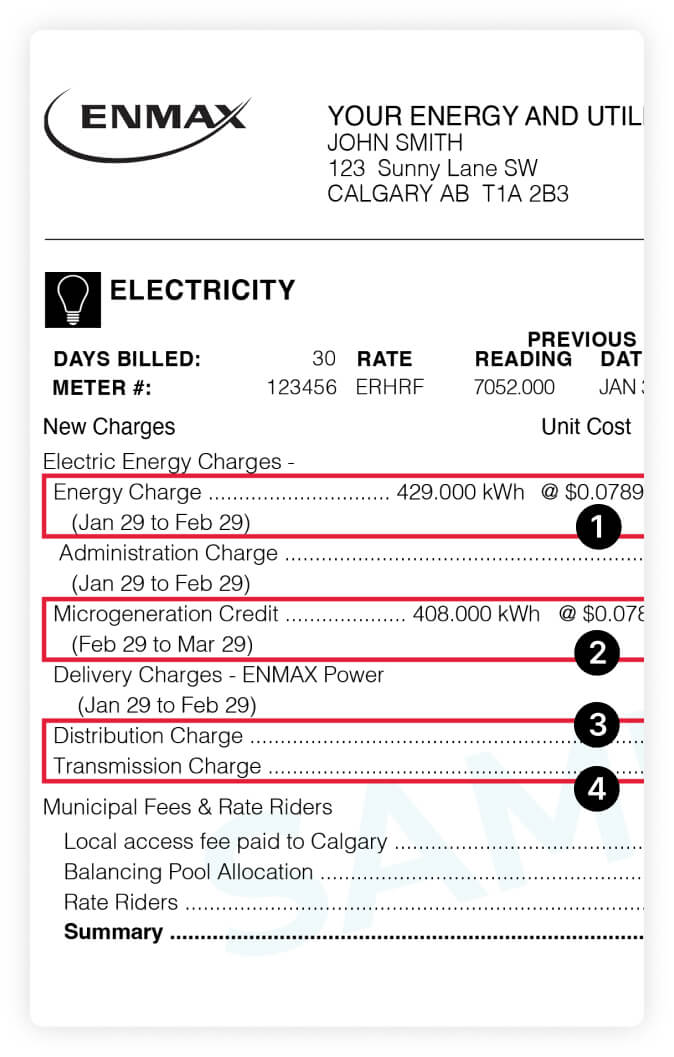Solar subsidies and grants


Solar costs, credits and your utility bill
There are upfront costs when installing a home solar power system. Grants, incentive programs and micro-generation credits can help balance this initial investment over time.

Costs
The average cost of a solar power system for a home that typically consumes between 600 to 800 kilowatt-hours (kWh) of electricity per month is $12,000 to $20,000. This includes the cost of the equipment, installation, permitting and commission/electrification and does not account for any savings from grants or incentives. Installing a smaller home solar power system can partially offset consumption and is often a better fit for a homeowner's budget. As time passes, more solar modules can be added.
Applying for solar grants can help balance these costs. The condition of a home’s roof, any required electrical upgrades, or other project-specific considerations may affect the overall cost.
Credits
Any surplus power generated by a home solar power system is “sold” back to the grid to create a micro-generation credit on a homeowner’s monthly utility bill. Micro-generation credits only occur when a home solar power system is connected to the grid.
Excess solar power is most often seen during the sunnier summer months and for home solar power systems sized to offset most or all of a household’s monthly electricity consumption. Home solar power systems cannot be sized with the capacity to generate more electricity than is used by a household annually.
Installing a smaller solar power system can help partially offset energy consumption from the grid and may or may not result in excess power generation.

Solar Grants and Incentivesⱡ
Solar and your utility bill
Solar-powered households consume energy generated from the solar array first, before accessing the grid. As a result, fees associated with grid-supplied electricity are expected to be lower where the array is performing as expected.
Nearly all Alberta homes are connected to the grid as grid-supplied electricity is necessary during the evenings or on days with little to no sun. As such, other charges such as Transmission and Distribution, applicable taxes and similar fees still apply, though are typically lower than homes without a solar power system.


After installing solar, a bill will change primarily on four lines:
1. Energy Charge
2. Micro-generation Credit
3. Is Distribution Charge
4. Transmission Charge
Our team is here to help
General solar system, micro-generation credit and billing questions
Current ENMAX solar lease customers
ENMAX Power micro-generation applications
ENMAX Power meter exchanges or general
If you’re a solar installer looking to connect a system to the Calgary network please visit ENMAX Power’s Distributed Generation page.

